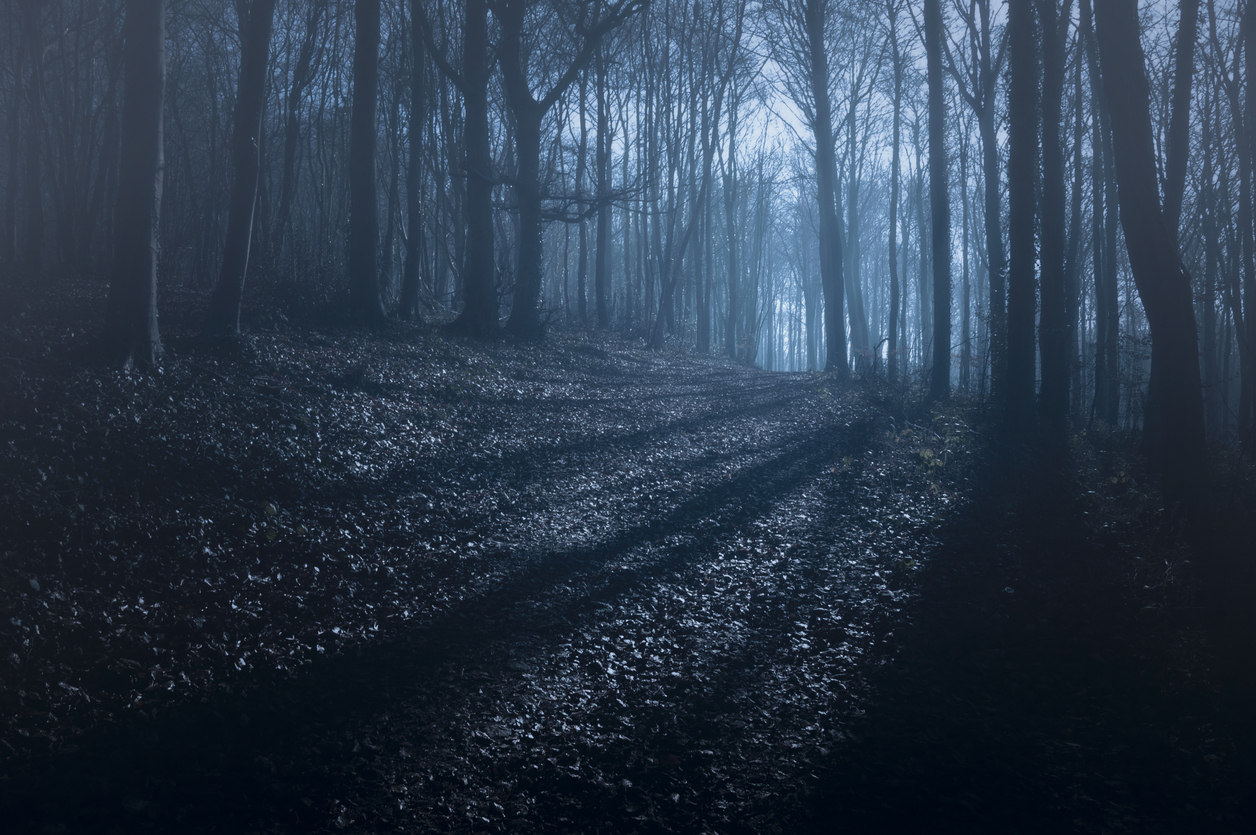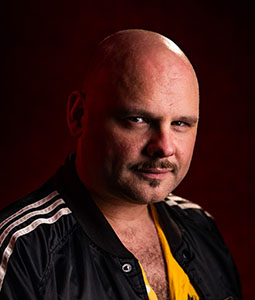 Stock image
Stock image
Amidst the array of new demons and villains in theaters,
DePaul School of Cinematic Arts faculty member Andrew Stasiulis reflects on the history of revolutionary horror films and the greater meaning behind our favorite monsters and scary spirits. For Stasiulis, teaching classes about the history of cinema broadens cultural experiences and shapes the future of media for his students.
“My goal is to encourage them to see that the world of cinema is dynamic and constantly changing. There is so much value to be found in the past,” Stasiulis says.
 Andrew Stasiulis (Photo by Jeff Carrion/DePaul University)
Andrew Stasiulis (Photo by Jeff Carrion/DePaul University)
In this Q&A, Stasiulis explains the journey of horror cinema from its origins to now, highlighting the thematic changes and production over decades.
Are there pivotal moments in the history of horror cinema that some people don’t know about, or that you particularly enjoy highlighting in your classroom?
In my class, I introduce the German expressionist movement that began just after the first world war. They were the first ones to introduce the world of cinema to the idea of horror in the 1920s after the first world war. They wanted to show us that the world is a scary place. For the Germans, the fantastic and the uncanny were places to work through a lot of the trauma of the first world war by giving it sort of an allegorical quality.
What are some specific films from this era that you recommend?
Robert Weine’s “The Cabinet of Dr. Caligari ” is a great place to get started. It is considered by many to be the first horror movie ever made. F.W. Murnau's “Nosferatu” is also a must watch. Fans of Tim Burton and Guillermo Del Toro will immediately recognize the ways these films have influenced their work.
With that being said, how did horror make it to the United States?
Cinema's first depiction of vampires was instrumental in bringing the horror genre to Hollywood's attention. When Universal Pictures decided they wanted to get into that horror stuff, they brought over filmmakers from the German expressionist movement to essentially teach Hollywood. Then it led to Universal’s series of horror films in the 1930s- “Dracula,” “Frankenstein,” “Wolfman” and the classic monsters.
How have horror films changed over the years?
I think what’s happened is that horror sort of lost a lot of political, social and allegorical content once Hollywood started seeing it as a way of making money. But if you look at right now, we’ve kind of cycled back into another era where a lot of serious filmmakers explore the horrors of existence that we face in our everyday life. Of course, they provide people with some scares, thrills and chills along the way.
How has the rise of technology affected the way horror movies are made and thought out?
I think that a certain magic has been lost. I think that people’s imaginations are less challenged by CGI film spectacles. There’s nothing to imagine when you’re having a computer do all the imagining for you.
Beyond jumpscares and gore, what thematic effects do horror movies have on us?
They follow us because they’re rooted in these things that really do affect us. If you think about slasher films and Jason and Michael Meyers, they’re rooted in strangers and fear of home invasion. Horror, as a genre, is such a rich playground for people to address those issues. Sometimes you don’t want to expose yourself directly, so horror has been a great place to introduce ideas in a safer way, like translating your natural fears to the supernatural.
Tell me more about how you incorporate similar ideas into the movies you work on.
I don’t want to be like, ‘this is the point and you have to get it’. I want my films to be a little more of an open text. I think it creates an active viewing experience. I try to introduce a certain level of ambiguity that my characters find themselves in so that you can interpret for yourself.
Any more horror film recommendations?
A really good example of a horror movie that brings in a lot of the ideas we’ve talked about would be the original “Night of the Living Dead” by George Romero. He cast a Black actor in the lead role, and this is still the late ‘60s, so there weren’t a lot of quality roles for Black actors. Though it wasn’t Romero’s intention at the time, the movie has become a great statement of the civil rights era, and it still resonates today.